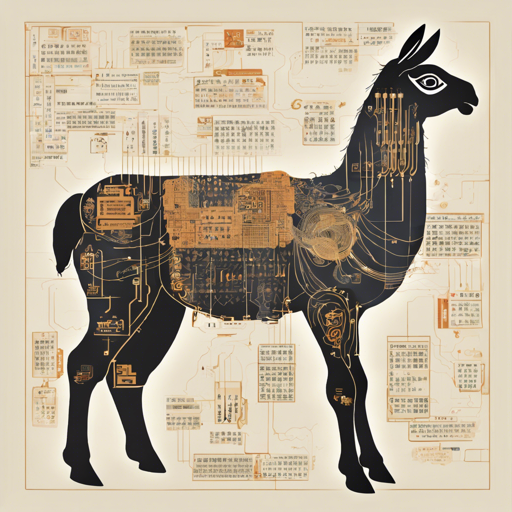The Taigi-Llama-2 series is a remarkable model designed to facilitate the use of Taiwanese Hokkien in natural language processing tasks. With its unique foundation on the traditional Chinese version of the LLaMA-2 model and its extensive training on Taiwanese Hokkien data, this model brings a fresh perspective to language modeling. In this blog, we will guide you through the usage of this model while addressing potential troubleshooting issues you may encounter along the way.
What is Taigi-Llama-2?
Taigi-Llama-2 employs the Taiwanese Hokkien language, utilizing various writing systems such as Hanzi, POJ, and Hanlo. It excels in casual language modeling tasks and can be further fine-tuned for specific applications.
Why Choose Taigi-Llama-2?
- Built specifically for Taiwanese Hokkien, enhancing language understanding.
- Supports mixed language functionalities, retaining English and Mandarin capabilities.
- Adaptable with further fine-tuning on relevant datasets.
How to Implement the Taigi-Llama-2 Model
Let’s break down the implementation steps with a simple analogy of baking a cake, where each ingredient and step contributes to the final product.
Ingredients and Preparation
In programming, our “ingredients” are the code libraries and modules we need to bake our model effectively. Here’s how to start:
from transformers import AutoModelForCausalLM, AutoTokenizer, TextGenerationPipeline
import torch
import accelerate
Cake Mixing: Create a Pipeline
Similar to mixing the right ingredients in a scoop, you need to set up a text generation pipeline:
def get_pipeline(path:str, tokenizer:AutoTokenizer, accelerator:accelerate.Accelerator) - TextGenerationPipeline:
model = AutoModelForCausalLM.from_pretrained(
path, torch_dtype=torch.float16, device_map="auto", trust_remote_code=True)
terminators = [tokenizer.eos_token_id, tokenizer.pad_token_id]
pipeline = TextGenerationPipeline(model=model, tokenizer=tokenizer, num_workers=accelerator.state.num_processes*4, pad_token_id=tokenizer.pad_token_id, eos_token_id=terminators)
return pipeline
Baking the Cake: Load the Model
Now that we have our mixture ready, it’s time to bake – we load the model like so:
model_dir = "Bohanlu/Taigi-Llama-2-7B" # or "Bohanlu/Taigi-Llama-2-13B" for the 13B model
tokenizer = AutoTokenizer.from_pretrained(model_dir, use_fast=False)
accelerator = accelerate.Accelerator()
pipe = get_pipeline(model_dir, tokenizer, accelerator)
Serving the Cake: Generating Outputs
You can now serve the cake by generating text outputs. Here’s how:
qa_prompt = "Example 1: 101101\nExample 2:\nExample 3:"
print(pipe(qa_prompt, return_full_text=False))
Troubleshooting
As with any recipe, there may be hiccups along the way. Here are common troubleshooting ideas to guide you:
- Issue: Model not loading correctly.
Solution: Ensure paths are correctly defined and that relevant libraries are up-to-date. - Issue: Text outputs not as expected.
Solution: Experiment with different prompts to see how the model responds. - Issue: Performance lag.
Solution: Check system resources and use an appropriatedevice_mapsetting to optimize.
For more insights, updates, or to collaborate on AI development projects, stay connected with fxis.ai.
Conclusion
At fxis.ai, we believe that such advancements are crucial for the future of AI, as they enable more comprehensive and effective solutions. Our team is continually exploring new methodologies to push the envelope in artificial intelligence, ensuring that our clients benefit from the latest technological innovations.

